
Dave’s Charm School teaches you and your people essential behaviors to improve professionalism, work better together, and increase customer satisfaction.
These courses are a result of 12 years’ of work developing the soft skills of hundreds of I.T. help desk and field engineer employees and managers, plus other employees in their companies.
Each course is designed specifically for managed service providers and other IT entrepreneurs. Students gain opportunities to develop new habits based on best practices taught through informational presentations, questions, and coaching on how to apply what they learn, exercises to discuss and/or role play, and exams to confirm what they learned.
Dave’s Charm School courses are listed below:
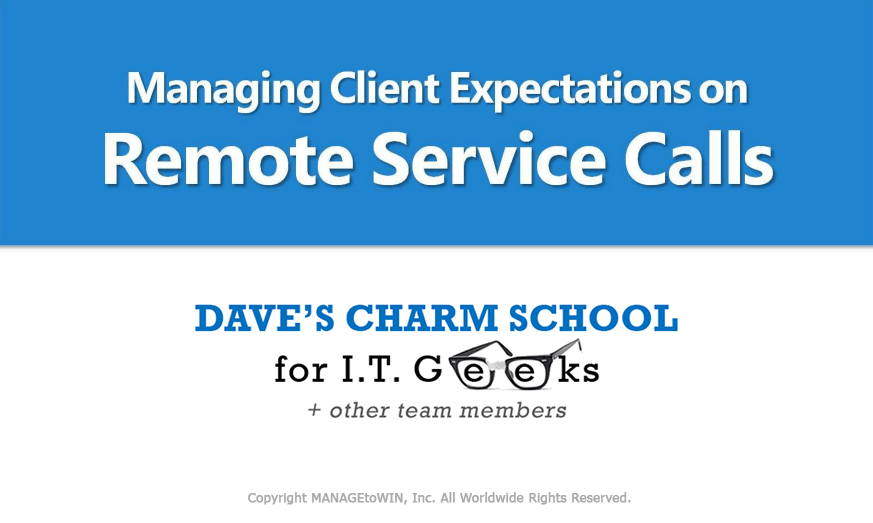
Responding quickly and professionally to support requests defines Client satisfaction, loyalty, and profitability. This course discusses typical Remote Service Standards, how to effectively communicate remotely, ways to better consider Client perspectives, tips on better habits to close tickets effectively, and examples of remote support for discussion.
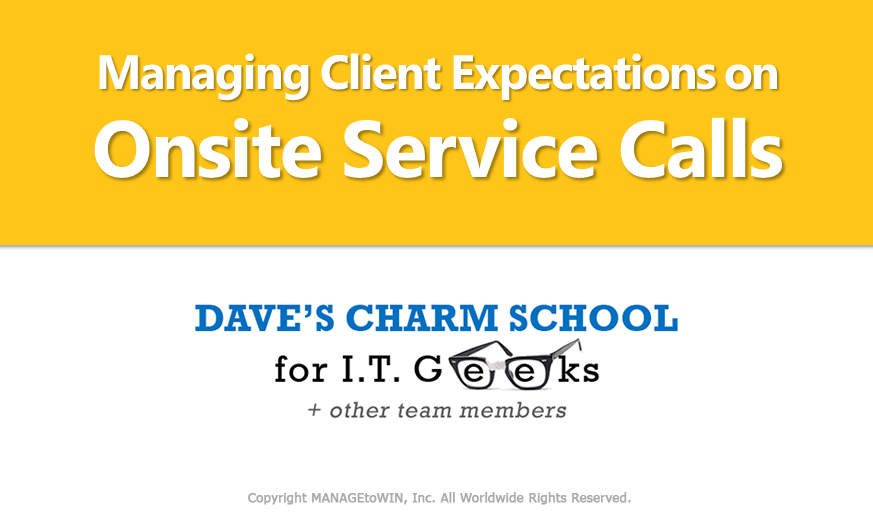
This course is very similar to the Managing Client Expectations on Remote Service Calls training. However, there are nuances to consider when you are on site and/or face-to-face with Client influencers and decision makers. This training is the better of the two for people who do a blend of on-site and remote support.
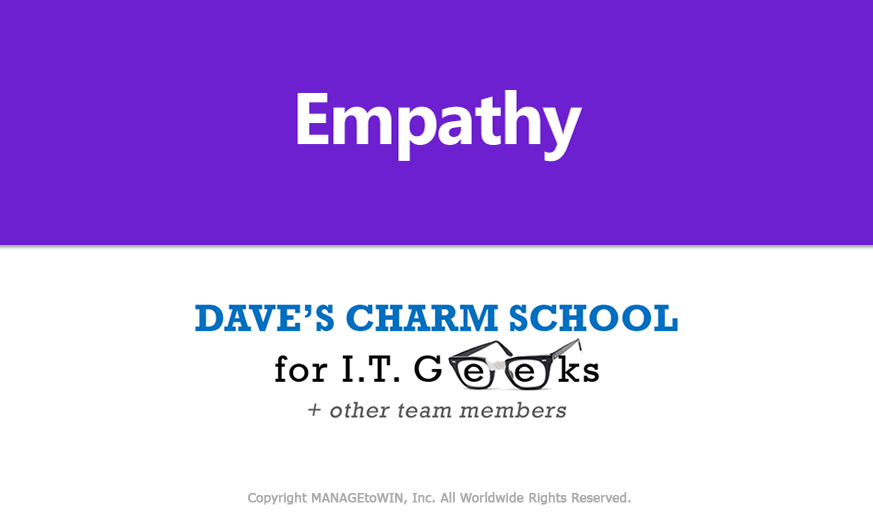
Sincere empathy is very important when interacting with clients and team members. This course discusses sympathy vs. empathy, how to properly demonstrate empathy, provides examples of professional empathy, and has for distinct exercises to test and assess each person’s ability to be sincerely empathetic.
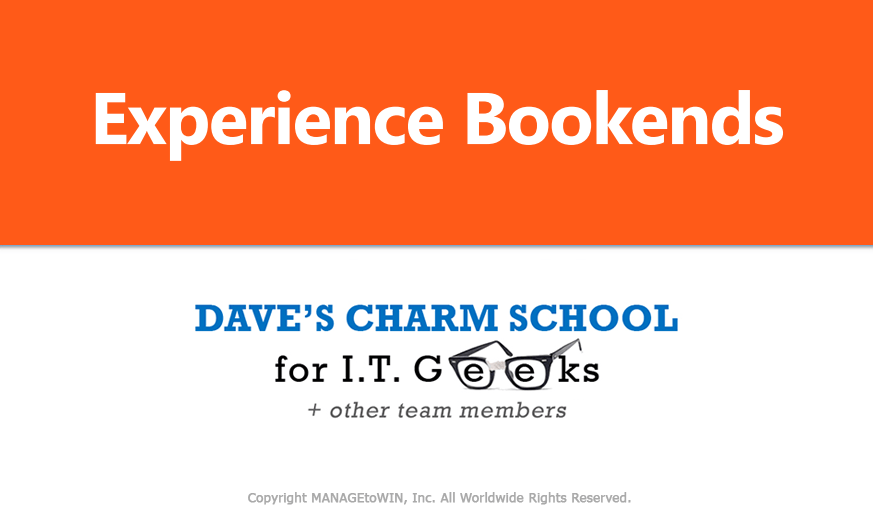
How you make people feel, not how much you know, is the ultimate determining factor to whether Clients love your company. This course teaches the importance of “experience bookends,” the way you start and end each communication. Discussion includes explaining experience bookends, how to engage with different communication styles, and games to practice what you learn.
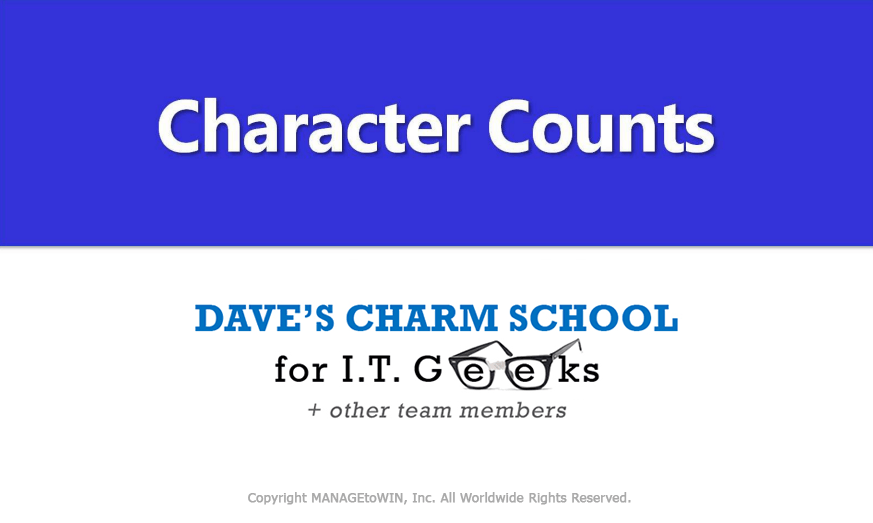
Employees and Clients are loyal to your organization when they trust your employees to make fair decisions in their best interests. This course defines good character; discusses the differences between virtues, beliefs, and values; challenges participants on ego management; gives examples of good character; and provides exercises for character investigation.
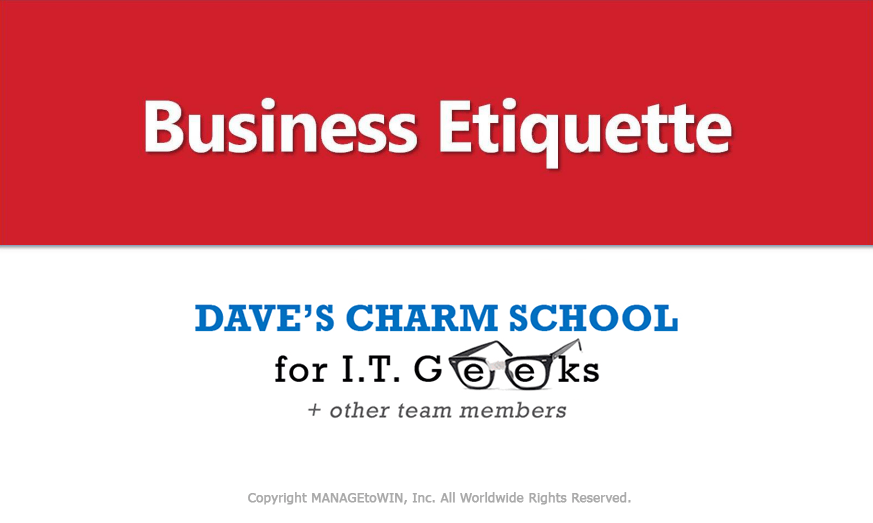
Good manners and professionalism are not common any more. This fun course trains your people how to improve their behaviors. Content discussed includes how to engage or exit conversations; Courtesy 101; Dining Etiquette 101; reasonable dress code standards; hundred member names; and how to socialize professionally with less risk.
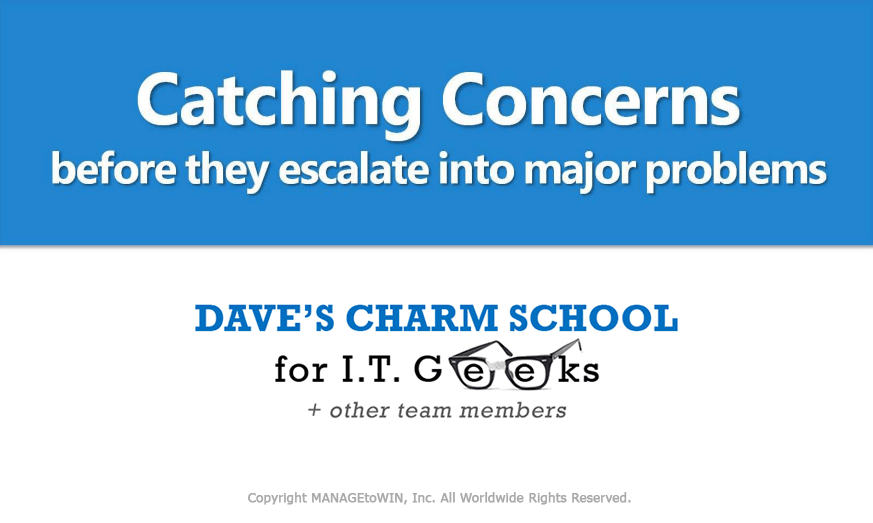
Client and employee issues escalate when people do not recognize and respond to concerns. This course provides an introduction to client concerns; explains how to identify behavioral concerns in conversations; discusses how concerns motivate decisions; provides concern perception strategies, 8 perception tips, and how to perceive others’ preferences.
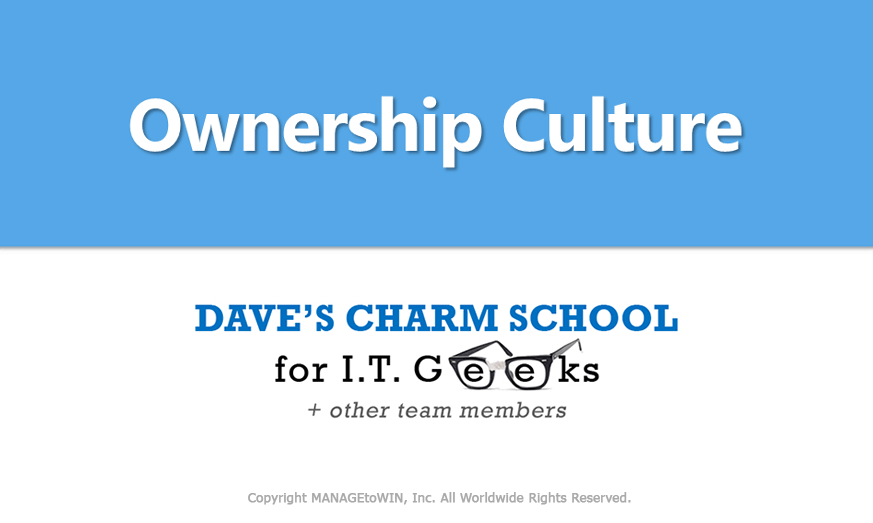
We want all of our employees to work together like owners, yet many do not comprehend how to do this. This course explains accountability and entitlement, defines an ownership culture plus its behaviors and values/motivators. It wraps-up with a reminder of the key components of an ownership culture everyone needs to embrace to have a fulfilling career.
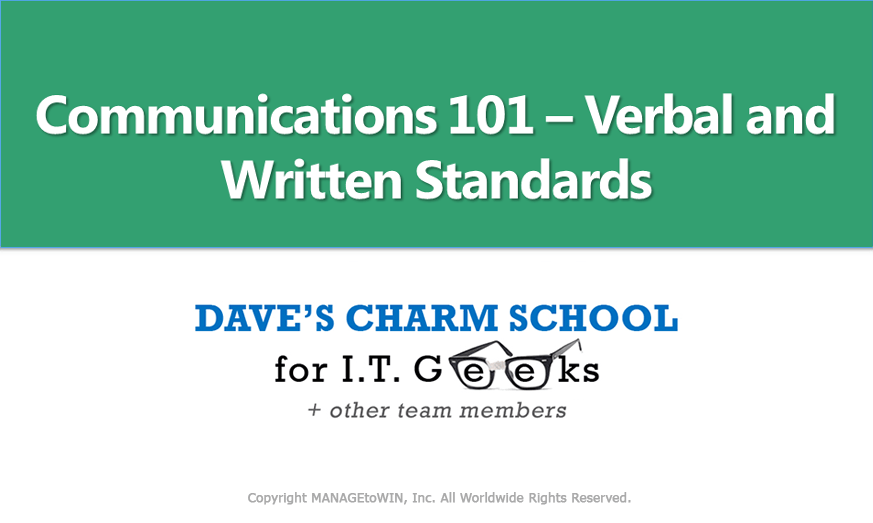
Everybody talks, but all of your employees could improve their professional communication habits. This course explains Communications 101: How to be a great listener; to respect their ears, body and basics of communication; the 10 steps of respect; 10 attributes of great tech support; how to speak in their way, not yours; and closes with great verbal and written exercises.
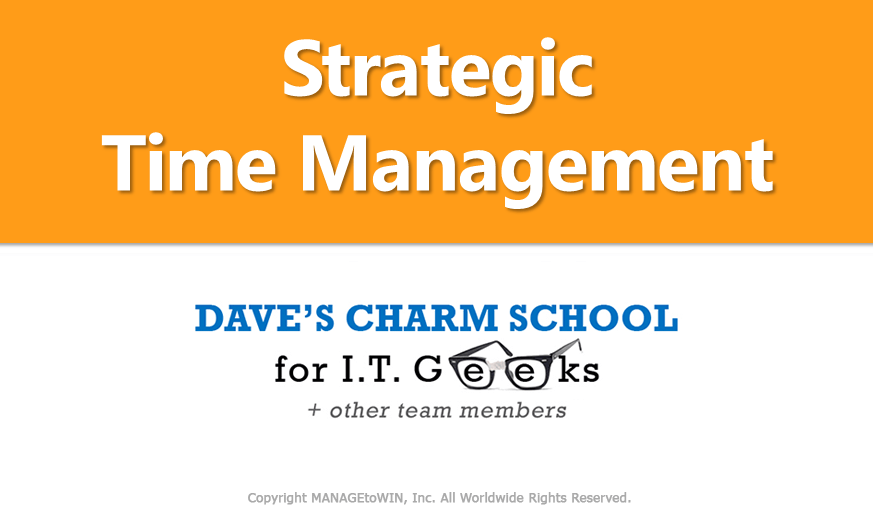
Since EVERYONE struggles with time management, maybe this course should have been #1. After providing an overview of time challenges this course touches on multitasking and email timesavers before diving into Dave’s 4 R’s; time challenges based on your individual behaviors and values; and most importantly, how to change behaviors to create time in your schedule.
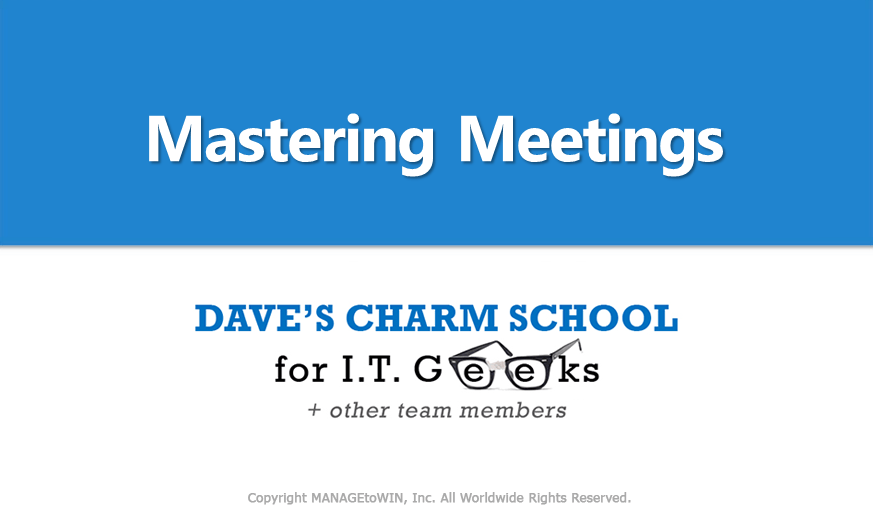
We waste time by having inefficient meetings, and waste time by not having meetings at all. Therefore this course provides “Meeting Master” tips; how to know your audience; the 7 conversation essentials to every meeting; the Systematic Power of a Meeting Master; and the unique aspects every meeting leader needs to know about virtual meetings.
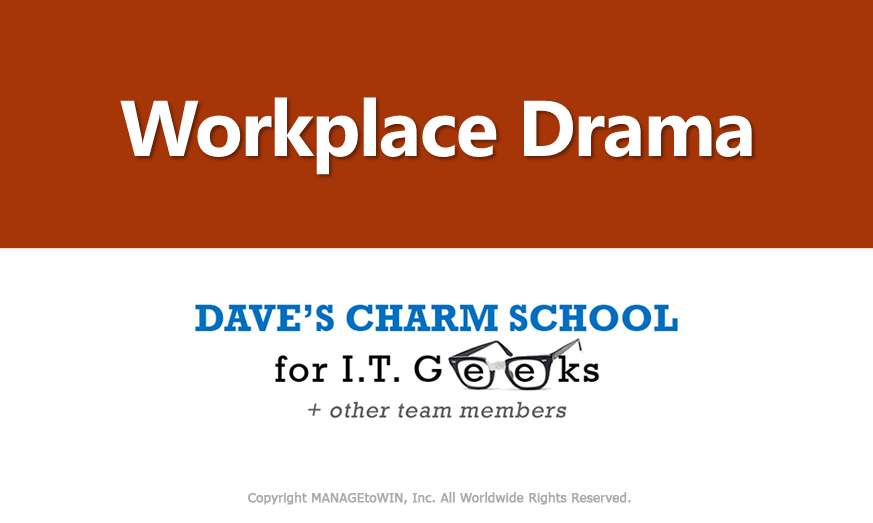
This is Dave’s favorite course because it contains so many life-changing insights. We start by explaining workplace drama; then how to avoid and resolve unnecessary drama; teach how to focus on problems, not people; explain emotional flooding & reflective thinking; challenge people’s “concrete mindset” and the alternative; and then close with the 5 steps of a Resolution Run.
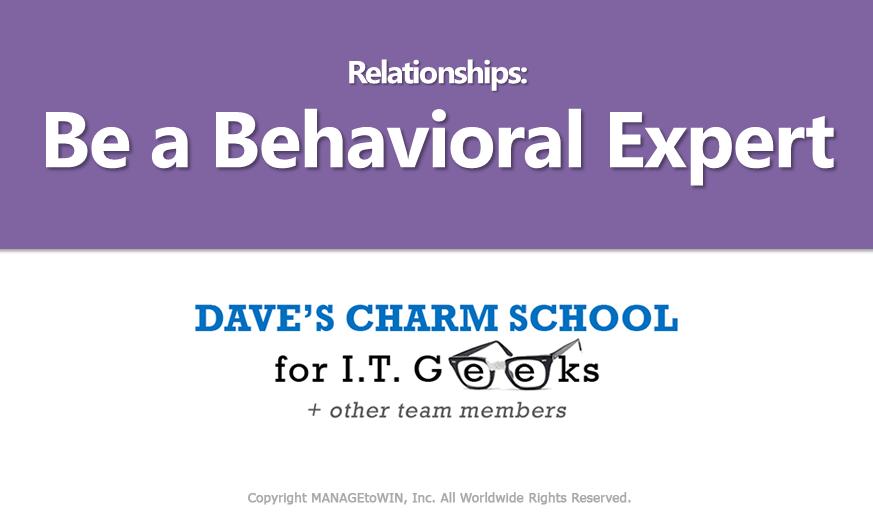
Behavioral research concludes the most effective people are those who understand themselves, both their strengths and weaknesses, so they can focus on what they do best. This course explains the four dimensions of normal behavior in the workplace: dominance, influence, steadiness and compliance. Applying this information improves communication, individual/team results, and client satisfaction.
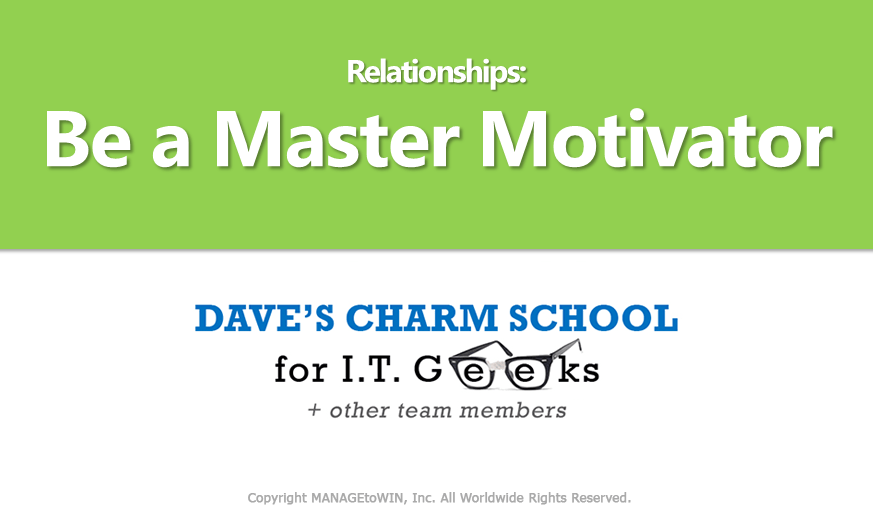
In 1914 Eduard Spranger defined six primary categories of human motivation and drive. Research since then has expanded the understanding of these motivators into 12 Driving Forces. This course explains how to focus yourself and others in work that is personally fulfilling because it relates to each person’s individual Driving Forces. This increases fulfillment on-the-job, productivity, and retention of top performers.
